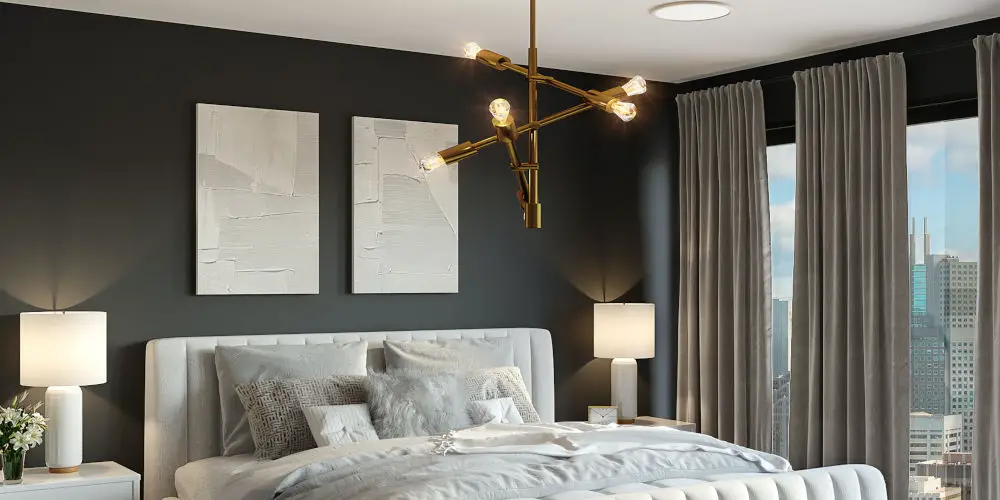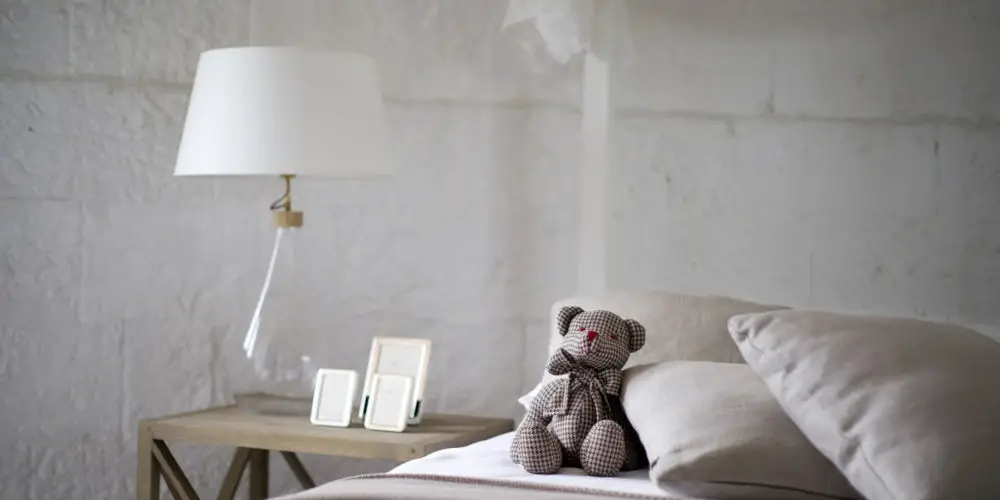The role of technology in modern bedroom design

Over the past few decades, there is not a single aspect of life that hasn’t been altered in some way by the encroachment of technology. And the way that we sleep is no exception. In some cases, technology in the bedroom can be a bad thing.
Smartphone use late in the evening, for example, will reliably disrupt your sleep, which is exactly the opposite of what a benign form of bedroom technology should be doing.
On the other hand, we now have access to a bevy of innovations which allow us to monitor, and even improve our quality of sleep. These are worth considering.
What does modern bedroom design look like?
Modern design (as opposed to traditional design) tends to favour minimalist aesthetics, with straight, smooth lines, minimal ornamentation, and a role for technology. It will incorporate fitted storage solutions, ahead of traditional freestanding ones. After all, a walk-in wardrobe tends to represent the best possible use of space.
Since we want the bedroom to be a warm and inviting environment, however, most designers will try to introduce timber, stone, and other natural materials. This helps to prevent the space from feeling unduly sterile.
How will technology come into it?
There are a few technologies worth mentioning, where the bedroom is concerned.
Smart Sleep Solutions
Wearable technologies which monitor sleep quality are now extremely affordable. You need only leave your wristwatch, ring or headband on as you sleep: the following day, you’ll benefit from a detailed analysis of exactly how well you slept.
Obsess over this, and you could actually give yourself trouble sleeping. But, in moderation, it’s better to be aware of your sleep habits, especially given how much of a knock-on effect quality sleep can have on other aspects of your life.
Voice activation
We’re now able to issue voice commands to the various kinds of home assistant. These can be connected to your lights, curtains, and blinds, meaning that you can control the lighting set up without actually getting out of bed.
Temperature
The right temperature is essential to a good night’s sleep. With the help of precise, modern climate control, you can dial in exactly the optimum setting.
Privacy and security
Allowing all of this technology into the bedroom might strike you as a security risk. But, fortunately, there have been notable advances in the world of data encryption, too.

How is technology aiding interior design?
Not so long ago, all interior design was performed using pen and paper. This meant a slower and more expensive process, and one that relied more heavily on the imagination.
The advent of modern CAD software, which sees a designer put together a virtual bedroom before the real one is approved, has resulted in a much more collaborative process. Clients can suggest changes, and have the results put to them in mere moments.
Of particular note is the introduction of virtual reality. With the help of head-mounted display units, clients can obtain a 3d impression of what the space will actually look like. This means greater potential for expectation management, and for upselling.
In the future, all of this is only likely to be accelerated. Modern 3d engines like Unreal are coming very close to photorealism, and AI-assisted tools mean that a virtual bedroom can be constructed very quickly, even on modest hardware.
It might not be long, in fact, before the virtual bedroom becomes indistinguishable from the final product!




